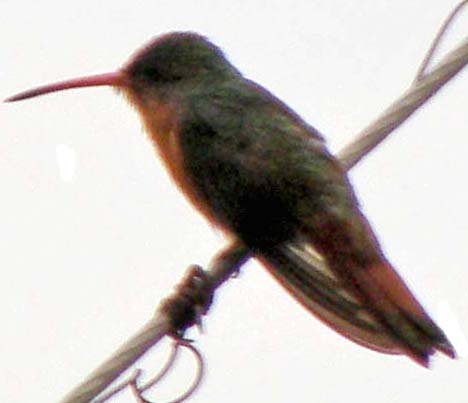Month: April 2009
No Baby Hummingbirds at Feeders
Whenever a hummingbird leaves the nest they are fully grown and able to fly. You will never see a "baby" hummingbird at your feeder, because a baby hummingbird is incapable of flight. If you should ever witness what appears to be an unusually small hummingbird visiting a flower or feeder then you have likely seen a Hummingbird Moth. These are quite commonly mistaken for hummingbirds, so you are not alone if you yourself have ever before made the same mistake.
A Hummingbird Nest Being Built
Not many people have ever even seen a hummingbird’s nest before let alone actually seen the nest being built. This video actually captures the nest being built by the female. I hope you enjoy getting to view this process.
Do Hummingbirds Have a Purpose?
Within nature ever animal serves some sort of purpose. with this thought in mind, have you ever before wondered what vital role the hummingbird might play in nature? If so, this post will provide you with the answer you have been seeking.
As migratory birds, hummingbirds serve two very important purposes: they transport resources between the tropical and temperate ecosystems located thousands of miles apart and they serve as pollinators. This is a vital service because many trees, flowers would not be able to reproduce without the aid of the hummingbird.
Cinnamon Hummingbird

- The Cinnamon Hummingbird is common in Mexico to Centeral America. It may also be seen accidentially in southern Arizonia and southwestern New Mexico.
- The Cinnamon Hummingbird can be found in a wide variety of habitats including plantations, arid areas, woodland areas and grassy fields and pastures.
- The two eggs layed by the Cinnamon Hummingbird are white in color and are only 0.5 inches in length.
